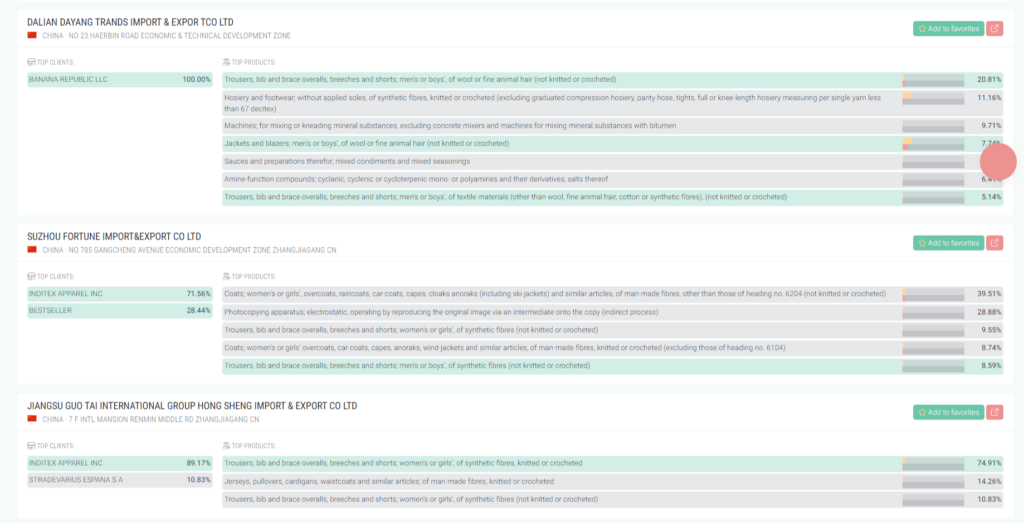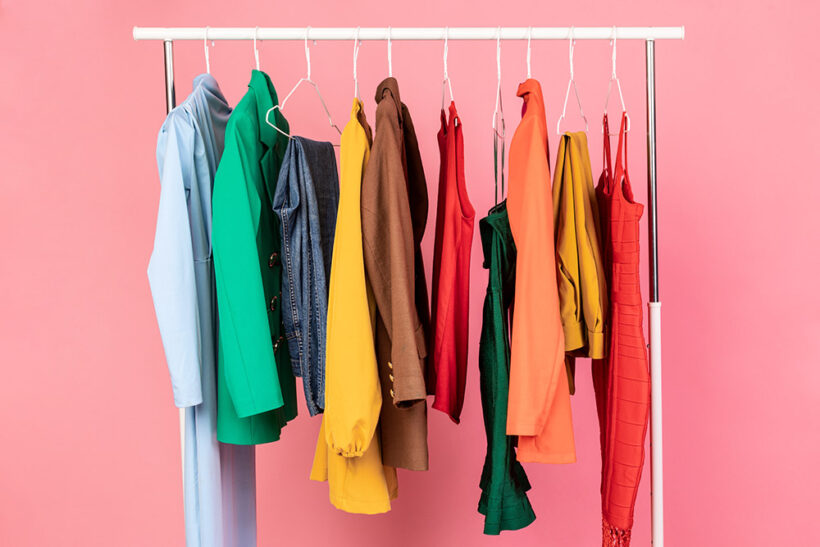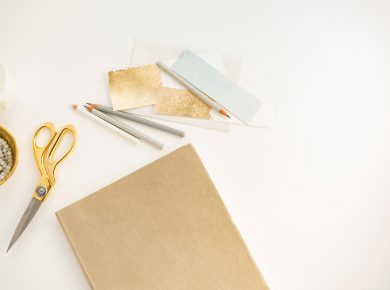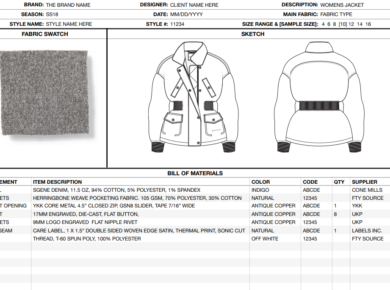Introduction
Navigating the global sourcing landscape to find a reliable clothing manufacturer in China can seem daunting. Yet, with a careful, methodical approach and a good understanding of the process, brands can establish fruitful partnerships with experienced, high-quality factories. This article outlines the key steps you should take to find and partner with the right Chinese clothing manufacturer.
Step 1: Understand Your Requirements
Before diving into the search for a manufacturer in China, you should clearly define your requirements. What type of clothing are you producing? What materials will be used? What are your volume needs? And importantly, what are your budget constraints? Understanding these requirements will guide your search and help you narrow down potential manufacturers.
Step 2: Research and Discover Potential Manufacturers in China
Numerous resources can help you discover potential manufacturers, from online platforms like Sourcing Playground to industry trade shows. Make use of various channels to build a comprehensive list of potential manufacturers. Keep in mind that you’ll need to look beyond Alibaba for a truly diverse pool of suppliers.
When searching for clothing manufacturers in China, it’s critical to conduct thorough research to find the right partner for your business. Sourcing Playground offers a robust database and network to aid your search for experienced, quality factories.
Leverage Sourcing Playground’s Database
Begin your search by exploring the extensive database of manufacturers provided by Sourcing Playground. Our platform includes over 2 million global companies worldwide. Within your search you can specific “China” as your country for manufacturing and we’ll only show you the factories in China that match your requirements.

Explore Similar Brands and Competitors
One unique feature of Sourcing Playground is the ability to research what brands and retailers a factory is already working with. This gives you an indication of the factory’s capacity, pricing, quality, and compliance standards. If you’re similar to the brands they’re already servicing, it’s a promising sign.
For example the image below shows clothing manufacturers in China working with Bestseller, Inditex, Banana Republic.

Access to Relevant Factories
Depending on your specific needs, you may require a factory specializing in a particular product or a range of products. Sourcing Playground’s database allows you to filter by these specificities, ensuring you connect with manufacturers that align with your requirements.
Save Time with Curated Factory Lists
Lastly, Sourcing Playground’s “Explorer” feature allows you to input your specific criteria, offering a curated list of factories that meet your requirements. This personalized list aids in narrowing down your search and saving valuable time.
By leveraging the tools and resources provided by Sourcing Playground, you can efficiently discover potential manufacturers that align with your brand’s needs and values. Remember, the goal is not only to find a manufacturer but to find the right manufacturer for your unique business requirements.
Step 3: Factory Verification
Once you’ve identified potential manufacturers, the next step is factory verification. This process involves ensuring that your potential partner is legitimate, experienced, and capable of meeting your needs. This includes checking their business registration, past performance, client reviews, and more.
Factory verification is a critical step in ensuring you’re partnering with a reliable manufacturer. This involves due diligence to confirm the manufacturer’s claims about their capabilities, quality, and ethical standards.
Here are some key actionable steps to take:
Background Checks
Start with a basic background check of the manufacturer. This could include researching their history, ownership, financial health, and reputation in the industry. You may also want to check if they have faced any legal issues in the past related to their business practices or treatment of workers.
Certifications and Audits
Review the manufacturer’s relevant certifications and audit reports. Certifications like ISO 9001 for Quality Management Systems or SA8000 for Social Accountability can provide assurance about their operational and ethical standards. Also, consider when their last audit was conducted and what the outcomes were.
References
Reach out to other brands or businesses who have worked with the manufacturer. They can provide valuable first-hand insights about their experience, including the quality of the manufacturer’s products, their adherence to schedules, and their communication practices.
Visit the Factory
If possible, visit the factory yourself or hire a third-party inspection company to do so. This can help you verify the manufacturer’s capabilities and working conditions, ensuring they align with your expectations and ethical standards.
Trial Run
Before finalizing a long-term contract, consider doing a small trial run with the manufacturer. This will help you assess their ability to deliver on their promises in terms of quality, lead times, and communication.
Verifying a factory is a step you cannot afford to skip, as it can protect you from potential issues down the line. Sourcing Playground offers tools that can assist in this process, including providing detailed profiles and reviews of manufacturers and enabling easy communication with them. By being diligent in your verification process, you’ll be better equipped to find a reliable, high-quality manufacturer for your clothing line.
Step 4: Request Product Samples
After verification, you should request product samples from your shortlisted manufacturers. This step is crucial to assess their capability and the quality of their work. It provides a tangible representation of what you can expect from a potential manufacturing partner.
Before going all-in with a particular manufacturer, it’s critical to assess their ability to meet your specific quality standards and requirements. Here’s how you can go about it:
Specify Your Needs
When requesting samples, it’s crucial to provide clear and detailed specifications about what you need. This could include fabric types, sizes, colours, print quality, finishing details, and any other relevant elements. The more specific you are, the better the manufacturer can meet your expectations.
Sample Consistency
Request multiple samples to test for consistency in quality. This helps ensure the manufacturer can deliver a uniform output, which is especially important for clothing brands that value consistency across their product line.
Timeliness
Note the time it takes for the manufacturer to deliver the samples. This can give you an indication of their responsiveness and their commitment to meeting timelines.
Evaluate Thoroughly
Once you receive the samples, conduct a thorough evaluation. Check for fabric quality, stitching, fit, colour accuracy, and any other criteria that matter to your brand. It’s a good idea to have a standardized evaluation process to objectively compare different manufacturers.
Feedback and Revisions
If the samples aren’t up to par, communicate your feedback to the manufacturer. Observe how they handle your feedback – are they open to making necessary changes? Their response can tell you a lot about their customer service and willingness to meet your needs.
Remember, the cost of getting samples is an investment in your business’s success. Evaluating product samples can give you a first-hand idea of what you can expect from a manufacturer, helping you avoid potential issues in the future. Utilize platforms like Sourcing Playground, which can facilitate easy communication with manufacturers and make the process of requesting and receiving samples simpler and more organized.
Step 5: Compare and Qualify Your Suppliers
With samples in hand, you can now objectively compare your potential suppliers. Consider factors such as quality, pricing, lead times, and communication responsiveness.
Finding potential manufacturers is not just about identifying a list of names; it involves a thorough understanding of each manufacturer’s capabilities, strengths, and limitations. The following are some critical aspects to consider when comparing potential manufacturing partners:
Product Type and Quality
Does the manufacturer specialize in the type of clothing you’re producing? You should consider their expertise in specific materials or garment types. Moreover, the quality of their previous work should align with your quality expectations.
Capacity and Scalability
You need to consider the manufacturer’s production capacity to ensure they can handle your order volume. Furthermore, consider if the manufacturer can scale their operations as your business grows.
Price
Price is a crucial factor but remember it should not compromise the quality. Always look for a manufacturer that offers competitive pricing without sacrificing the quality of the finished product.
Lead Times
Consider the manufacturer’s production lead times and whether they align with your schedule. Time is a critical factor in the fashion industry, and late deliveries can impact your business operations.
Location
While you’re specifically looking at China, it’s still important to consider the manufacturer’s exact location. Different regions in China may have specialties in certain types of clothing or access to specific resources.
Communication
How responsive and transparent is the manufacturer in their communication? Clear, efficient communication is crucial for a successful partnership.
Ethical Practices
Does the manufacturer follow ethical labour practices and sustainable manufacturing processes? More and more consumers expect brands to be socially and environmentally responsible.
References and Reviews
Does the manufacturer have positive references and reviews from previous clients? These can provide valuable insights into their reliability and quality of work.
In each of these areas, you’re not just looking for a yes or no answer, but you’re comparing each potential manufacturer to one another. The goal is to find the manufacturer who offers the best balance of these factors for your specific needs.
Leveraging tools like Sourcing Playground can greatly simplify this step. Our platform allows you to enter your specific criteria and then provides you with a curated list of manufacturers that meet these requirements. This can greatly speed up the process and ensure you’re only spending time reviewing manufacturers who are a potential fit for your needs.
When researching and discovering potential manufacturers, don’t rush the process. Take the time to do a thorough comparison and make sure you’re confident in your decision before moving forward to the next steps.
Step 6: Building a Working Relationship with Your Supplier In China
Once you’ve chosen a manufacturer, it’s important to establish a strong working relationship. Good communication is vital – ensure you express your needs clearly, and equally, listen to your manufacturer’s advice. A harmonious partnership can lead to increased efficiency and a more successful product.
Click here for more details on how to communicate effectively with your suppliers.
Conclusion
Finding a reliable clothing manufacturer in China may initially seem like a complex task. However, by following these steps, you can confidently navigate the process and establish a partnership that meets your needs and drives your brand forward. Remember, resources like Sourcing Playground are here to support you on this journey.






